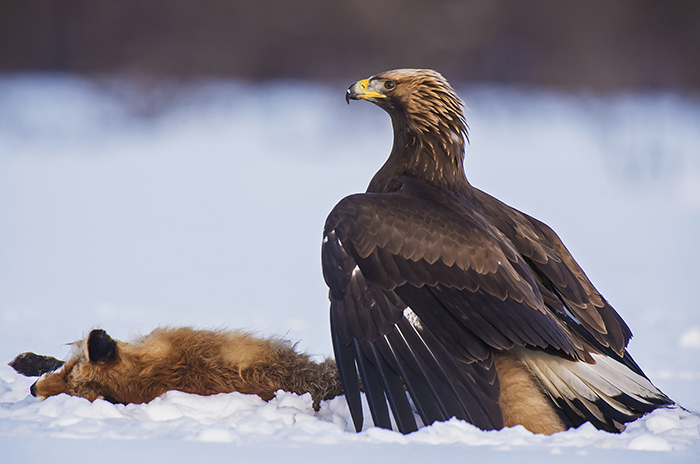The Gibraltar Museum, along with collaborating scientists, have recently published two papers in the journal Quaternary International.
The papers serve to highlight the international importance of the Gibraltar caves, such as Gorham’s and Vanguard, not only for Neanderthals but also for birds. With 151 species of birds so far identified in the fossil material from these caves, the Rock is the site with most bird species, from the period 125-10 thousand years ago, identified anywhere in Eurasia, and probably the whole world. Recent publications have shown how Neanderthals exploited birds for food but also for their feathers. Now, the new papers add to this wealth of ground-breaking information.
The first paper uses the rich avifauna in Gibraltar to test the environmental quality of the site. It compares Gibraltar with another Neanderthal site – Zafarraya in Málaga. Despite the proximity of the two sites (<150 km apart), they differed dramatically in environmental quality as judged by the species of birds in each site. To the 151 species from Gibraltar, Zafarraya had only 35; but the difference is not just in numbers but also in species composition. The birds in Zafarraya were cliffnesting species and very little else; in contrast, Gibraltar had the same cliff nesters but also species from wetlands, woodland, open plains and the coast. The authors understand this to mean that the ecological options available to the Neanderthals in Gibraltar were far greater than in Zafarraya and that this would have undoubtedly contributed to the long-term presence and survival in Gibraltar. Zafarraya, on the other hand, was probably a short-term hunting station. The paper highlights the importance of geographical location to site quality: Zafarraya at over 1000 metres in altitude suffered the ravages of the glaciations much more than Gibraltar which was at sea level and surrounded by the tempering influence of the sea. These insights are hugely important to understanding particular sites; too often in the past some archaeologists have too often assumed that all sites were of equivalent status.
The second paper builds on previously published data on the exploitation of birds of prey and corvids by Neanderthals for the use of the feathers. A detailed analysis revealed that the main species involved were those that were regularly attracted to animal carcasses. Stewart Finlayson of the Gibraltar Museum, who is a co-author of the first paper and the lead author of this second paper said “Our data analysis confirmed our hunch. Here we had the smoking gun: the Neanderthals would have been lying in wait at animal carcasses in the knowledge that eagles and vultures would find the food too tempting.” The conclusion is that the Neanderthals ambushed the large birds. The result goes much further. The authors suggest that, as the practice was present in Eurasia before the arrival of modern humans it must have been invented independently by modern humans and Neanderthals, been present in the common ancestor or, provokingly, learnt by modern humans from the Neanderthals. “I love the irony of this last option” said Finlayson, “after years of having had the Neanderthals put down as brutes who learnt what little they knew from modern humans, now we are turning the table 180 degrees. We know now that Neanderthals and our ancestors exchanged genes; now it seems that they learnt from each other as well and it wasn’t always in one direction.”
Caption for accompanying photograph: Gibraltarian scientists have identified the Golden Eagle, one of the most powerful of birds of prey, as the main species which the Neanderthals in Gibraltar, and across Eurasia, targeted for their feathers. Photo shows a Golden Eagle on the carcass of a Red Fox, taken by Stewart Finlayson, Gibraltar Museum.
